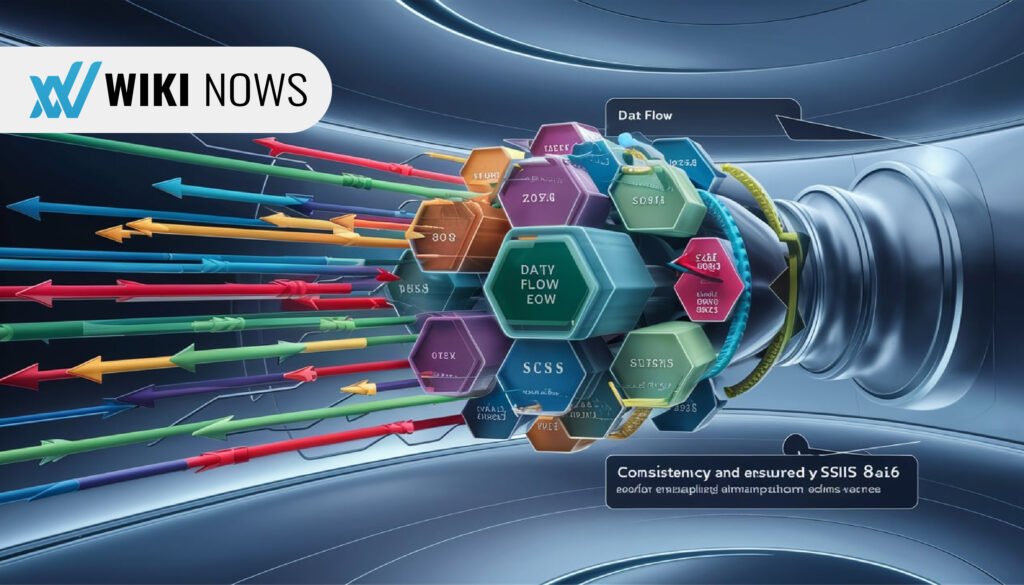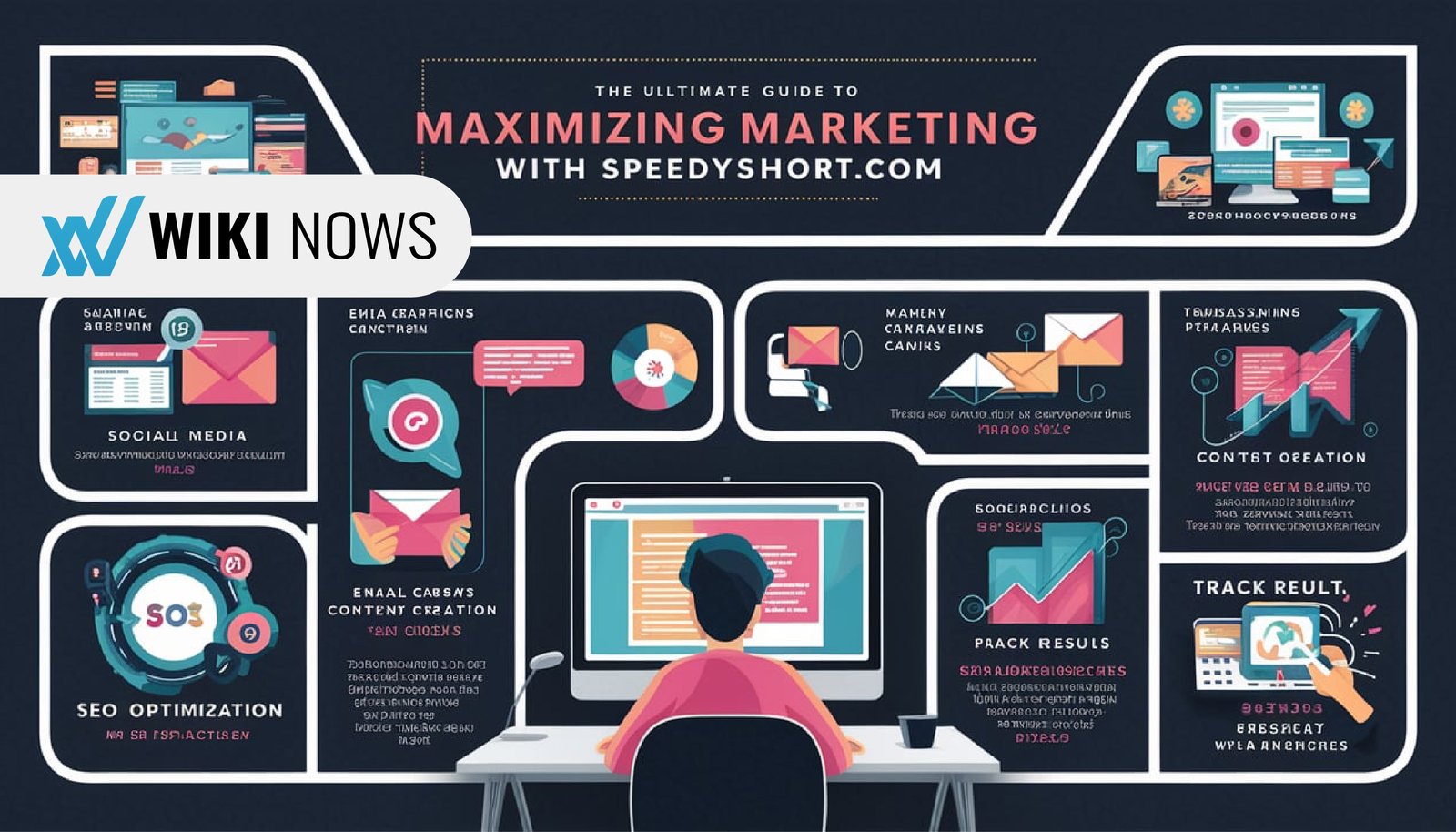Introduction:
SSIS 816 is more than just a software version number; it represents a groundbreaking milestone in the world of data integration. This tool has revolutionized how businesses connect, transform, and analyze massive data from various sources. By making these processes more efficient, SSIS 816 has empowered organizations to gain insights and drive their decision-making like never before.
In this article, we’ll explore the history of SSIS 816, its defining features, how it has revolutionized data integration, success stories of companies using it, comparisons with other tools, and its future developments.
History of SSIS 816 and Its Impact on the Tech Industry:
The journey of SSIS 816 began with a growing need for efficient data management. As organizations collected more data, they needed a robust and scalable solution to manage it. Previous versions of SSIS laid the foundation, but SSIS 816 took it to the next level.
When SSIS 816 was launched, it marked a significant shift in how data workflows were handled. Companies across various sectors quickly recognized its potential. It allowed them to streamline processes, manage vast amounts of information, and ultimately reduce operational costs. The tech industry felt the ripple effects, with other software solutions adopting features inspired by SSIS 816.
As digital transformation became a priority for many organizations, it played a pivotal role in shaping best practices for data integration and migration. Its impact is still felt today, as businesses continue to rely on it for efficient data handling.
Features and Capabilities of SSIS 816:
SSIS 816 is packed with features that make it a powerful tool for data professionals. Its intuitive graphical interface is one of the standout aspects, allowing users of all skill levels to perform complex tasks with ease.
At the core of SSIS 816 are its data flow transformations. Consistency and accuracy are ensured by this feature, which enables seamless data manipulation and conversion from various sources. Whether it’s connecting to a database or transforming data into a specific format, SSIS 816 handles it with remarkable efficiency.

Integration with cloud services is another key capability. It allows users to connect to platforms like Azure, Google Cloud, or AWS, providing the flexibility to manage large datasets more effectively. This integration is crucial for businesses looking to modernize their data infrastructure.
Error handling is also a robust feature of it. When issues arise during data migration or integration, the tool provides detailed logging options that make troubleshooting easier. Additionally, its support for a wide range of formats, including XML, JSON, and Excel, adds to its versatility.
How SSIS 816 Revolutionized Data Integration and Migration:
The introduction of SSIS 816 brought a new level of efficiency to data integration and migration. Before its release, connecting various data sources was often a complex and time-consuming process. It changed that by offering a user-friendly interface that allowed even non-technical users to create intricate workflows.
Performance was another area where SSIS 816 excelled. The enhanced performance features significantly reduced processing times for data extraction, transformation, and loading. This improvement allowed businesses to handle larger datasets with ease.
One of the most impactful changes was the robust error-handling mechanisms. These features ensured that data integrity was maintained during migrations, giving organizations the confidence to move large amounts of data with minimal risk.
SSIS 816 also opened the door to cloud integration. It made it easier to integrate cloud solutions into on-premises systems, making the transition to new technological environments easier. This capability has been particularly important for companies looking to modernize their infrastructure while maintaining control over their data.
Success Stories and Case Studies of Companies Using SSIS 816:
The real-world impact of SSIS 816 can be seen in the success stories of companies across various industries. SSIS 816, for instance, was implemented by a leading healthcare provider to improve patient data management. The result was a significant reduction in data processing time, allowing medical staff to focus more on patient care.
In the retail industry, a major brand used SSIS 816 to improve inventory management. By integrating real-time sales and stock levels, they were able to make better decisions and minimize overstock situations. In addition to increasing efficiency, this resulted in significant cost savings.

A financial institution also benefited from SSIS 816 by using it to migrate legacy systems to modern platforms. The transition was seamless, with no disruption to business operations. The enhanced security measures provided by SSIS 816 ensured that sensitive data was protected throughout the process.
These examples highlight the versatility and power of SSIS 816 in transforming business operations. Whether it’s in healthcare, retail, or finance, SSIS 816 has enabled organizations to thrive in a data-driven world.
Comparison with Other Data Integration Tools:
When it comes to data integration tools, it stands out in several ways. However, it’s important to compare it with other popular options like Talend and Informatica to understand its strengths and limitations.
SSIS 816 is particularly strong in its integration with Microsoft products. For organizations already using the Microsoft ecosystem, it offers a smoother workflow and better compatibility. Its intuitive interface also makes it accessible to non-technical users, allowing them to perform complex data transformations without extensive training.
Talend, on the other hand, excels in cloud capabilities and offers open-source flexibility. However, it may not provide the same user-friendly experience as SSIS 816, particularly for those working within data warehouses.
Informatica is known for its robust enterprise solutions, but they can be more challenging to implement and come with a higher cost. It offers a more streamlined approach, making it a more attractive option for organizations looking for efficiency and ease of use.
Ultimately, the choice between these tools depends on the specific needs of the organization. SSIS 816 shines in its integration with Microsoft products and ease of use, making it a strong contender for businesses looking to improve their data integration processes.
Future Developments and Advancements in SSIS 816:
The future of it is full of exciting possibilities. As technology continues to evolve, we can expect continuous updates that will enhance its functionality and user experience.
One area where it is likely to expand is cloud integration. As more businesses transition to cloud platforms, seamless data migration will become increasingly important. It is well-positioned to meet this demand with its robust cloud capabilities.
Another exciting development could be the integration of artificial intelligence and machine learning. These technologies have the potential to revolutionize data processing, allowing for automated decision-making based on real-time analytics. SSIS 816 could lead the way in bringing these advanced capabilities to data integration.
Support for big data frameworks like Hadoop is also anticipated. As organizations handle larger datasets, the ability to efficiently manage and process this data will be crucial. It could play a key role in enabling businesses to harness the power of big data.

In addition to these advancements, we can expect further improvements to the user interface and performance metrics. These enhancements will make it easier for users at all levels to leverage the full potential of SSIS 816 without needing extensive technical knowledge.
As these developments unfold, SSIS 816 is set to continue its role as a vital tool in the world of data integration.
Conclusion:
It has made a lasting impact on the tech industry by revolutionizing how organizations handle their data. Its history is a testament to its adaptability and innovation, evolving to meet the growing demands of data management.
With features that prioritize efficiency, scalability, and ease of use, it has become a go-to tool for businesses looking to improve their data integration processes. The success stories of companies across various industries demonstrate its versatility and power in transforming operations.
When compared to other data integration tools, SSIS 816 stands out for its seamless integration with Microsoft products and user-friendly interface. As technology continues to advance, the future of SSIS 816 looks promising, with exciting developments on the horizon.
In the ever-evolving landscape of data integration, SSIS 816 has proven itself to be more than just a tool—it’s a vital asset for organizations navigating the complexities of today’s data-driven world. By embracing innovation and maintaining reliability, it is poised to continue thriving for years to come.




